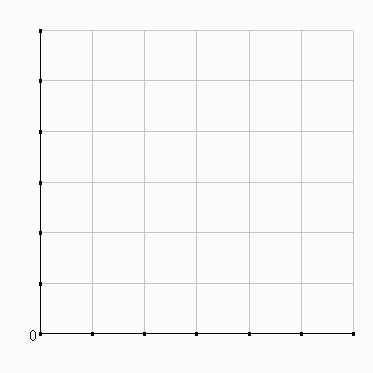|
Example: US and Japan, 12/06 E = Yen per US$ 3-month government bonds: ius = 4.90% ij = 0.47% ? How could savers
earn the same returns on these government bonds given the different i-rates? |
 |
|
Friday, April 13, 2012 |
IV. Stabilization policy
B.
Foreign exchange markets
3. Exchange rate determination
b. The asset market approach to ER changes
(1) Theory: the interest parity condition (IPC)
Context: People make investments across
international markets.
The IPC captures the outcome of that process
Prediction: Asset flows equalize expected returns, including expected ER changes
|
Example: US and Japan, 12/06 E = Yen per US$ 3-month government bonds: ius = 4.90% ij = 0.47% ? How could savers
earn the same returns on these government bonds given the different i-rates? |
 |
This is what the IPC is all about.
Low interest-rate countries should have undervalued currencies (expected to appreciate)
High interest-rate countries should
have overvalued currencies (expected to depreciate)
ifor = 6%, idom = 8% => %DEexp = -2% = forward discount for the $
Recall that foreign currency traders use currency arbitrage to keep exchange rates in line with each other worldwide.
Financial investors do the same for worldwide
investment returns:
process = interest arbitrage.
Accomplished through interest arbitrage makes the return on financial investments converge worldwide
Savers don't care about PPP--whether a currency is weak or strong per se does not bother them. If a currency doubles in value and then stabilizes at its new level, then a foreign bond will cost 2x as much as before, but its interest will be worth 2x as much also, so the rate of return is unchanged.
Savers DO care about CHANGES in ERs during the period their funds are tied up abroad. That does affect the return they earn.
Why it matters: IPC => policy changes which affect interest rates can have real foreign-sector effects
Asset mobility has grown tremendously in recent
years. Very little in the 1960s. In 1960, only 8 U.S. banks had foreign branches
There is a great deal of asset mobility today. 100s of banks have
foreign branches. Computerization and satellite communications have created a world-wide
capital market.
The Eurocurrency market links world financial
markets.
(Any deposit denominated in non-domestic currency = a eurocurrency
deposit)
Eurocurrency market allows firms to borrow outside formal, regulated
banking systems. Central banks do not control activities of non-domestic currencies
--USSR started it from fear of impoundment in 1964, near the end of the
heyday of Bretton Woods fixed ER system. Size in 1964: $7-9B.
--Boosted by U.S. banking regulations
1963: interest equalization tax
1965-8: voluntary, then in '68 mandatory controls on foreign bank
lending
1968-9: reg.Q (i-rate ceilings in U.S.) --> banks borrowed abroad
1973: OPEC and floating rates
Today, financial asset transactions dominate average daily foreign exchange market activity:
| LAT, 10/29/89 | LAT, 3/19/95 | 2010 | |
| Trade | $20B | $34B | $50B |
| Total | $400B | $1,000B | $4,000B |
| KA src: |
LAT, 10/29/89 | LAT, 3/19/95 | BIS (triennial survey) |
Most is just arbitrage, but much is due to other types of asset transactions.
Asset mobility in the real world: Covered interest arbitrage: invest abroad and use forward ER contracts to avoid ER risk
2 options to calculate your total return:
Option 1 (approximate):
Given ifor,
%DEfor (=-(%DEdom)):
total return = ifor
+ %DEfor
Option 2 (exact):
| Process: fcu = foreign currency units |
|||
| Step 1: Convert $1 to FX at Esp (fcu per $) | |||
| i | Step 2: Earn foreign interest | ||
| i |
i |
Step 3: Convert back to $ at future E ($ per FX) | |
| i | i | i | |
| (fcu per $)start |
· (1+ifor) · |
($ per fcu)end | |
|
ESP |
· (1+ifor) · |
1 --------- Efuture |
|
| FXstart | |||
| FXend | |||
|
$US end |
|||
| future $US from saving $1 abroad now |
= |
Estart·(1+ifor) | ||
| --------------- | ||||
| Eend | ||||
| annualized rate of return | = [ | Estart·(1+ifor) | ||
| --------------- | -1](annualize) * 100 | |||
| Eend |
Do a real-world example from
the
worksheet
together
Do a second example from the
worksheet:
Comparing domestic and foreign returns in practice
Result: Covered returns are typically quite comparable.
The process for uncovered interest arbitrage
is similar, but you don't make a forward contract.
You just cash out at whatever the spot rate is the end of the
holding period.